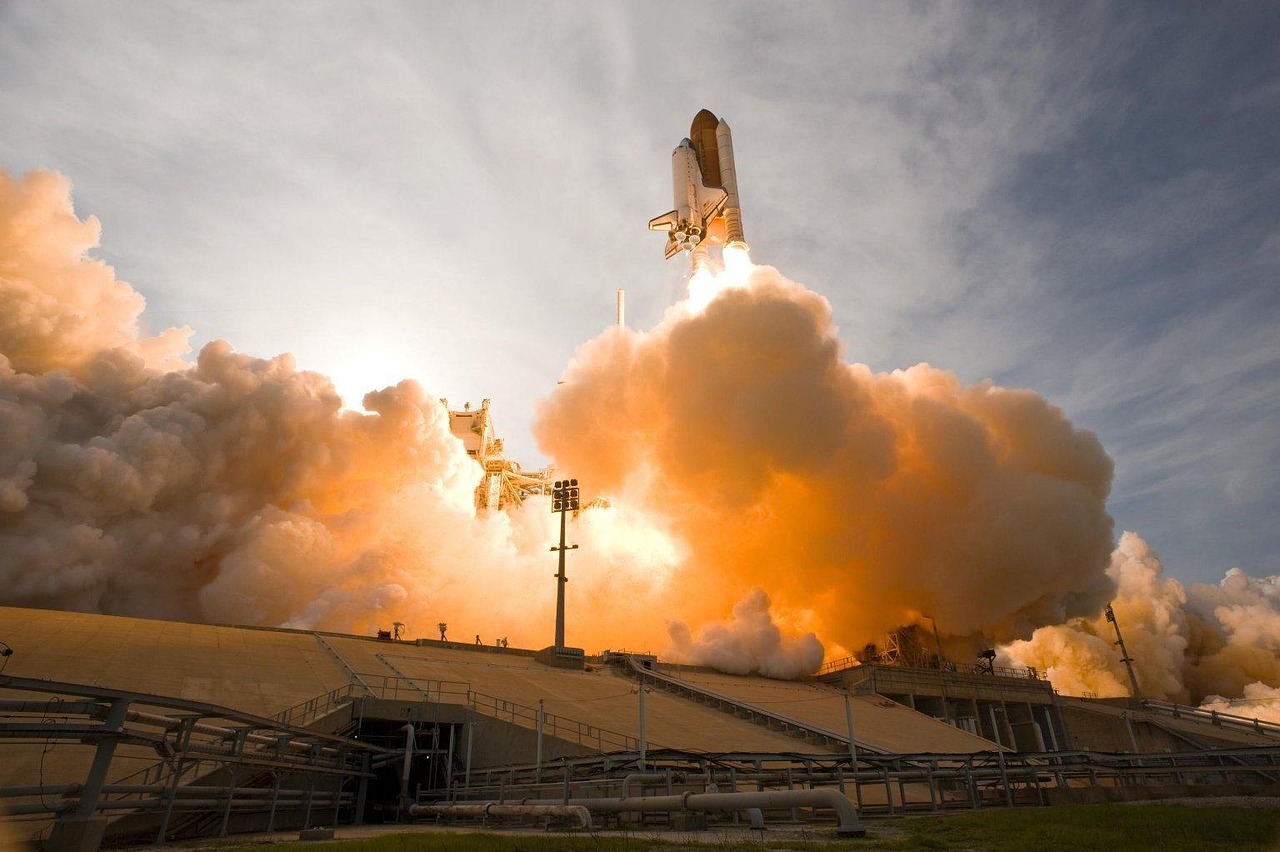
Preparing for Life on Mars
The Mars Desert Research Station in Utah is leading the charge in preparing humans for potential life on Mars. Operated by the Mars Society, this facility simulates conditions on the Red Planet, allowing volunteers to experience a lifestyle that closely mimics what they would encounter during a real mission. This preparation is crucial as the timeline for sending humans to Mars is tightening, with SpaceX aiming for a crewed mission as soon as
2029. The work being done at this facility is not just about testing technology; it is about understanding the human factors that will be critical for survival on Mars.
Understanding the Mars Desert Research Station
Located about 7 miles from the nearest town, the Mars Desert Research Station offers an environment that Urban Koi, a health and safety officer for Crew 315, describes as “the best analog astronaut environment.” The terrain and protocols are designed to replicate Martian conditions, providing a realistic setting for research and preparation. The facility emphasizes the importance of rigorous scientific protocols to ensure that the data collected can inform future missions. This dedication to realism and safety is vital, considering the challenges that lie ahead.
Daily Life in Mars Simulation
Crew 315, a five-member team, spent two weeks at the Mars Desert Research Station, adhering to a strict daily routine. Each day began at 7 a.m. with breakfast and planning meetings, followed by extravehicular activities (EVAs).
These activities are critical for training, as they mirror the tasks astronauts would perform on Mars. For instance, Commander David Laude highlighted the importance of maintaining a structured schedule to build the necessary habits for survival in an extraterrestrial environment. The regimented lifestyle helps participants adapt to the challenges of living on another planet.

Challenges of Analog Missions
While the risks at the Mars Desert Research Station are lower than those on Mars, the challenges of establishing a routine can be significant. Michael Andrews, the engineer for Crew 315, noted that getting into a rhythm is crucial for success. The psychological and logistical aspects of daily life in a confined space can impact mission outcomes. Understanding these dynamics is essential for preparing future astronauts, as they will need to maintain focus and efficiency in a high-stakes environment where every task is vital for survival.

Risk Assessment Table
| Risk Category | Description | Mitigation Strategies |
|---|---|---|
| Psychological Stress | Isolation and confinement can lead to mental strain | Regular check-ins and group activities |
| Physical Health | Limited exercise may affect fitness | Structured EVAs and physical training regimes |
| Technical Failures | Equipment malfunctions can jeopardize missions | Comprehensive training and redundancy systems |
| Environmental Hazards | Extreme weather conditions on Mars | ROIust planning and adaptable protocols |





